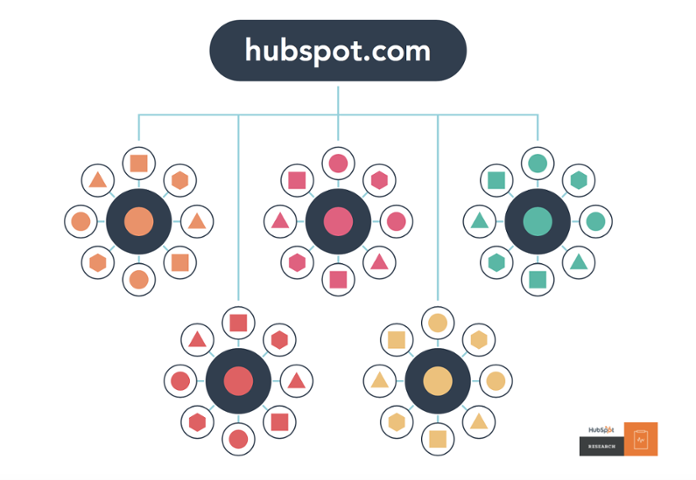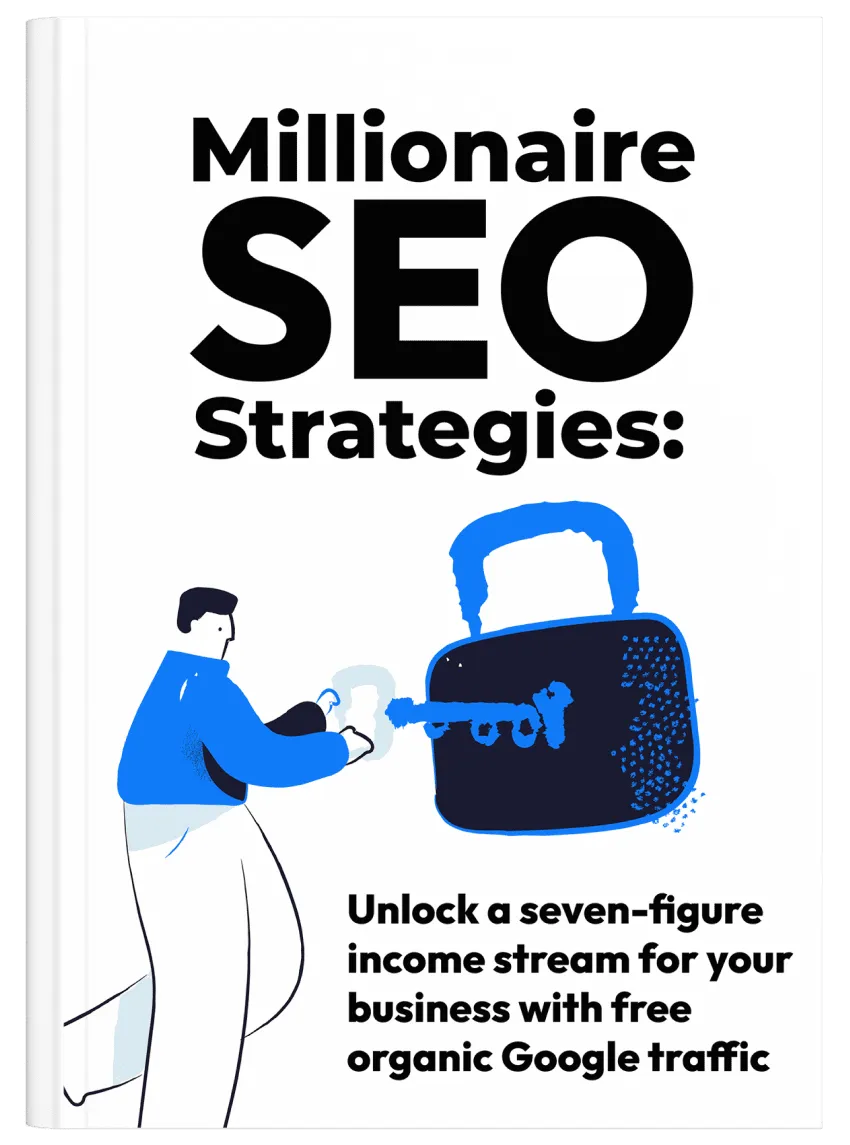
The Importance of Internal Links and Website Structure in SEO
SEO or search engine optimisation has many different aspects. It comprises a lot of things: from keyword research to on-page SEO to off-page SEO and backlinks from well-established relevant websites on the internet.
However, there is one more factor that is often overlooked: the structure of the website.
Depending on how good the website structure is, it can help search engine crawlers to index and crawl more web pages on the site easily. Moreover, a robust and intuitive website structure can also make it easier for visitors to find relevant information, improve engagement rate, reduce bounce rate, and more.
In this blog post, we will discuss the importance of website structure, the crucial role internal links play, how everything affects the website’s overall SEO, and what are some of the best practices that SEO professionals can follow.
Let’s begin.
What is a website structure?
In very simple terms, the structure of a website refers to how the site and its contents are organised.
Good search engine optimisation requires the website structure to be logical, organic, and intuitive. It should also facilitate a good user experience.
The same principles apply to pages on a site. You may know that each web page on a site is also structured with the help of an H1 tag (which defines the title of the page), the H2 heading tags (which refer to the subheadings), H3 tags, etc. Each web page is supposed to use these headings tags, so the content on those pages can be organised for an easier reading experience.
The same concept applies to site structure on a broader level.
How you organise your website and its content, however, depends on you, the type of business you are in, and your target audience. Here are a few common best practices and types of site structures that SEOs often choose:
1. A website structured around keywords
A common site structure is to organise the website and the various pages around keywords. These keywords can help you create unique web pages as well as categories and subcategories.
New niche-focused blogs often use this website structure and organise their web pages and categories around primary and secondary keywords.
2. A website structured around topics
Nowadays, search engines are not overly concerned about exact match keywords. They are more focused on the relevance of content and the overall user experience.
That’s one big reason why many websites are now structured around topics — instead of specific keywords and keyword phrases.
Categorising the website content around topics is an easier task. You can create supporting blog posts that are optimised for long-tail keywords to support the main web pages of your site.
3. Clusters and pillar contents
The strategy of creating pillar content and combining them into different clusters of support articles is a relatively new strategy.
The idea is to select a few main keywords that you want to optimise for. Then create long-form detailed content (e.g., 5,000+ word guides) that optimises different pages for those keywords. These long-form pages are referred to as “pillar content.”
Once the pillar content is ready, the next step is to create a bunch of support articles that are focused on related long-tail keyword phrases. This cluster of supporting articles is created for each pillar content (or topic).
The cluster-and-pillar-content website structure looks something like this:
If you are not sure which type of structure your website should have, we recommend going with the pillar-and-cluster strategy.
The crucial role of internal links
Whichever type of site structure you end up with, your work isn’t done yet. You have to understand the crucial role internal links play in all this.
When we talk about links, we often refer to backlinks from external websites. While they are obviously important, internal links are also very crucial for a website’s SEO.
The idea is to interlink all relevant web pages so search engines and website visitors can easily find related content. For example, notice in the above image, how all the supporting articles in each cluster are linked to the main pillar content.
A robust internal link structure ensures that SEO juice passes among web pages efficiently. Moreover, search engine crawlers also find it easier to index web pages if they are interlinked and easily discoverable.
Lastly, internal links also keep the bounce rate in check. Readers spend more time on your website if each page has contextual internal links that redirect readers to other pages they might find useful. This may result in better engagement and a higher conversion rate.









